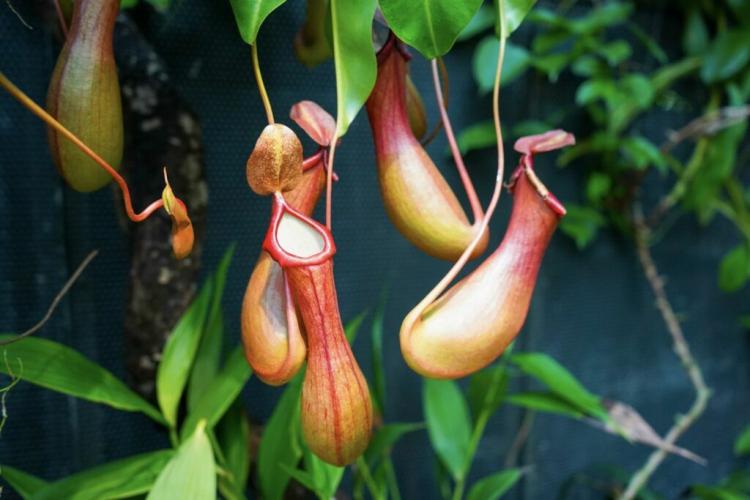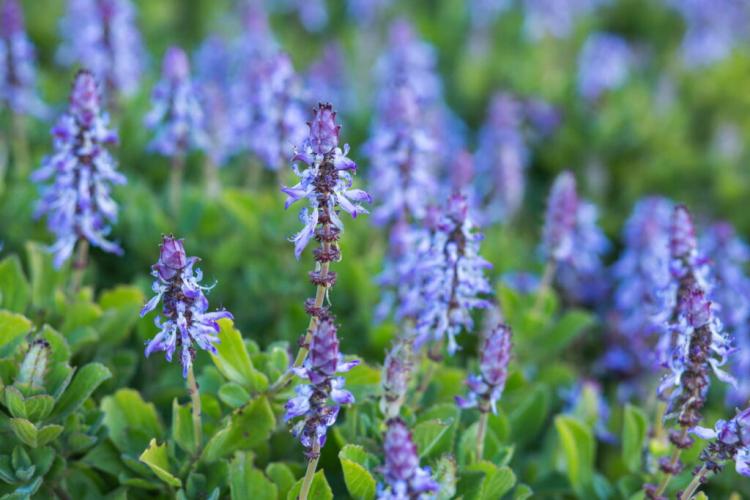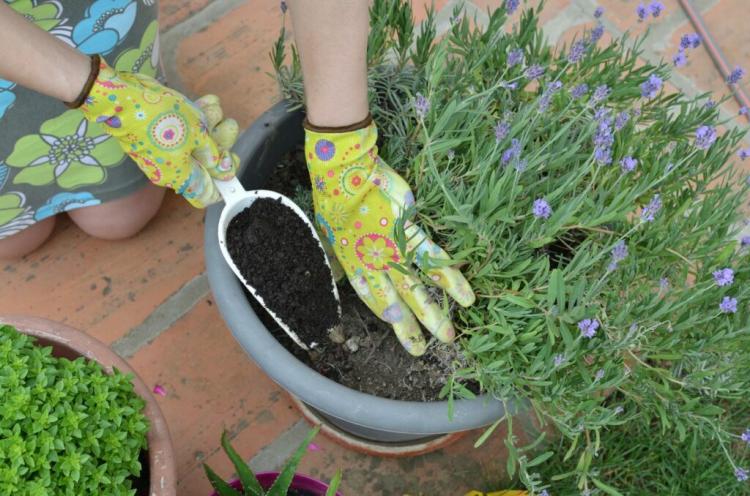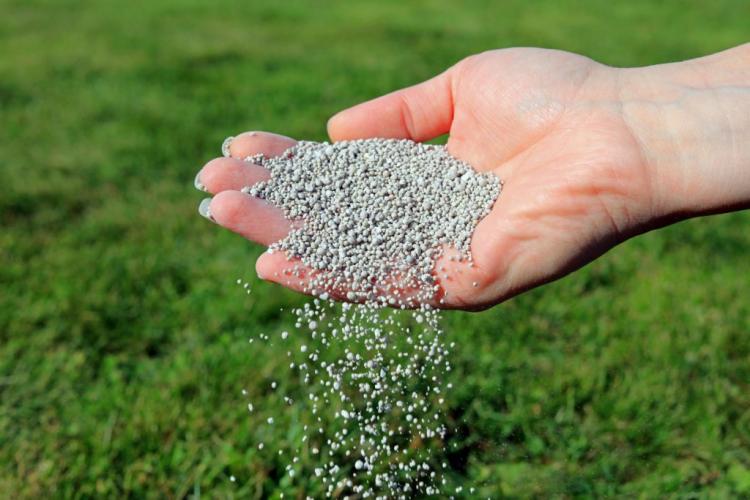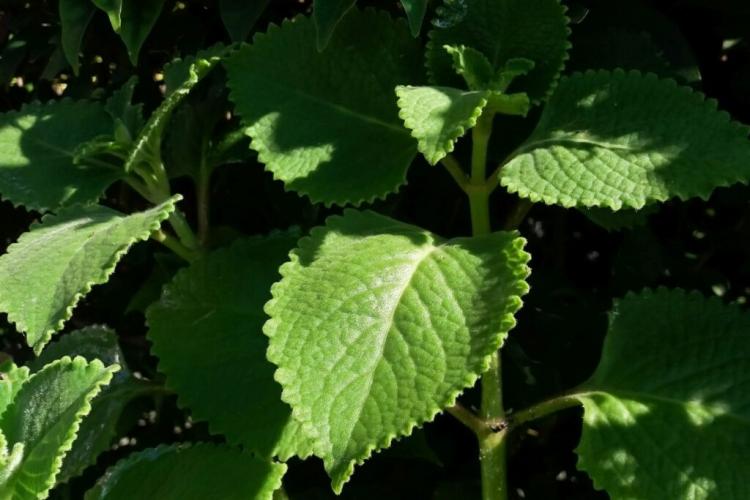Coriander Plants: Location, Sowing & Propagation
In your own garden, you can grow coriander both in the bed and in the pot. We show you what you should consider when sowing and planting coriander.
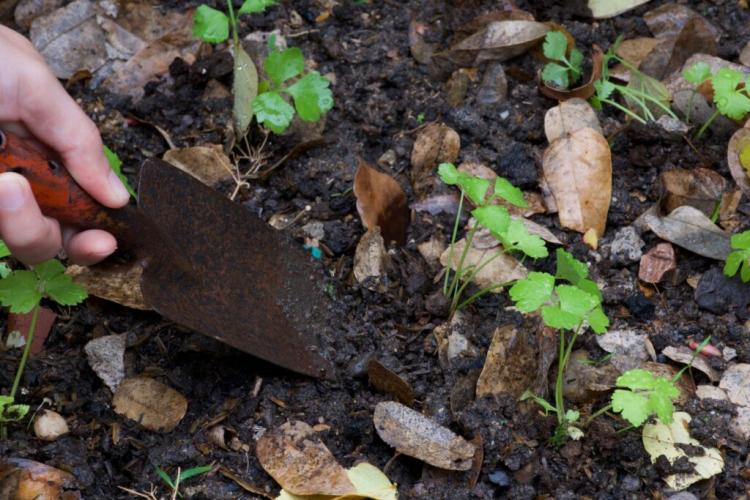
Coriander can be sown directly or planted outdoors as a young plant [Photo: AkarapongCh / Shutterstock.com]
The real coriander ( Coriandrum sativum ) is one of the oldest medicinal and aromatic herbs. Not only the aromatic fruits of the umbelliferae (Apiaceae) can be used. The peppery, spicy and slightly bitter foliage is mainly used in the kitchens of Asia and South America. Coriander green is also enjoying growing popularity in this country. Thanks to the excellent aroma of leaves and seeds, it is worth planting the multi-faceted herb in your own garden. In this article, we will explain to you what to consider for the successful cultivation of coriander.
Planting coriander: the right location
Table of Contents
The real coriander originally comes from the Mediterranean area. The optimal location for coriander is therefore warm and sunny to partially shaded. For the harvest of fresh coriander greens, a rather partially shaded, light location is recommended, as more leaves develop there. In terms of soil, the herb prefers nutrient-rich, well-drained substrates with good water retention, such as sandy loam. The pH of the substrate should at best be between 6 and 7, the herb does not tolerate acidic soils. A high-quality, nutrient-rich potting soil, such as our Plantura organic universal soil, is ideal for cilantro in pots and window boxes. Due to the high content of organic matter and compost, it is possible to dispense with climate-damaging degraded peat entirely. The potting soil is pre-fertilized and provides your coriander with essential nutrients after planting.
Planting coriander in the garden
Coriander is a little sensitive to the cold and should therefore only be sown in the bed from April to May, when the soil has already warmed up a bit. Both the seeds and the young plants that have already been grown can be planted in the soil.
Plant coriander in the pot
If you want to cultivate the aromatic herbs in a pot, you should use a planter with a diameter of at least 15 to 20 cm and a good water drainage. The larger the pot, the lower the risk of it drying out completely on hot summer days. A drainage layer a few centimeters high made of sand, gravel or expanded clay on the bottom of the pot also prevents waterlogging and rot at the roots.
Plant coriander indoors
Coriander can be grown indoors all year round. It is important to have a good space for the growing containers. A warm window sill on the sunny side allows the tasty leaves to sprout even in winter. Coriander forms flowers less often in the house, which rarely develop into seeds due to the lack of pollinating insects. The exclusive indoor culture is therefore mostly only suitable for having fresh coriander greens available at all times.
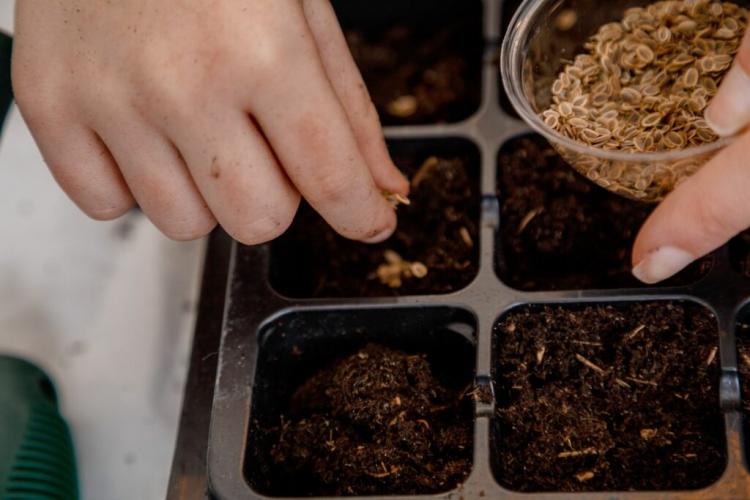
Coriander can be grown indoors all year round or as a preculture from March [Photo: Liuba Bilyk / Shutterstock.com]
Sowing coriander: timing and procedure
Coriander can either be grown in the house or sown directly in pots and beds. With pure indoor cultivation, the coriander can be sown all year round. Bringing young plants forward has the advantage that the leaves can be harvested earlier outdoors and the seeds also ripen safely in autumn. For preculture, sow coriander seeds in groups from the beginning of March directly into pots with nutrient-rich potting soil – then you don't have to prick out the coriander. Alternatively, from the end of March to the end of April, the seeds can be sown directly outdoors. Sow coriander seeds about 1 cm deep in the ground with a row spacing of 20 to 25 cm. The seeds should always be kept moist until they germinate. In order to be able to guarantee the required germination temperature of 12 to 22 ° C, the seed bed can be covered with a black, heat-collecting film outdoors. However, as soon as the first seedlings appear underneath, they must be removed immediately. If the temperature and humidity are right, the first coriander seedlings will appear after about two to three weeks.
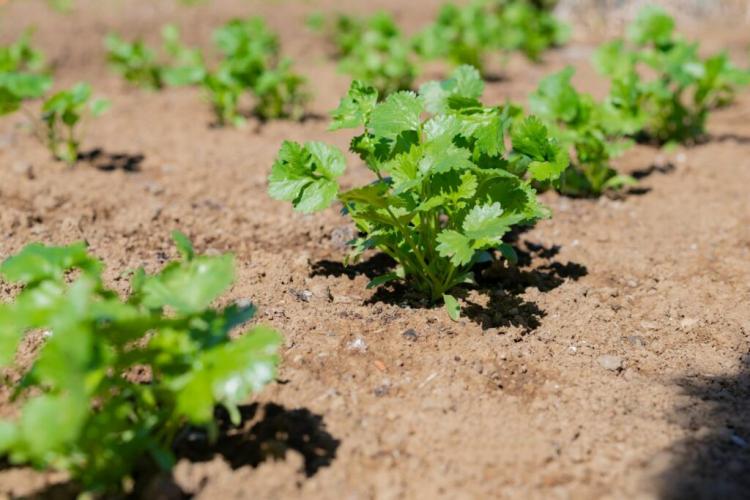
Coriander can be put together in bunches [Photo: Princess_Anmitsu / Shutterstock.com]
Summary of sowing coriander:
- Indoor culture possible all year round
- Pre-cultivation of young plants for later cultivation outdoors from the beginning of March
- Direct sowing in the bed from April to the beginning of May at optimal temperatures of 12 to 22 ° C
- Seed depth approx. 1 cm, row spacing in the bed 20 – 25 cm
- Always keep the coriander seeds well moist until they germinate after 2 – 3 weeks
Plant coriander
The pre-grown coriander seedlings should not be planted out before the end of the ice saints in mid-May, if the plants are not yet used to cool temperatures. May is also an ideal time to repot coriander and set it in fresh soil if you purchased it as a potted herb or if the pot has become too small for the pre-cultivated coriander seedlings. When planting out, place the coriander at a distance of about 5 cm between the plants or as a cluster at a distance of 15 to 20 cm. The plants should not be deeper into the ground than they were previously in the cultivation container. After planting, you should water vigorously to wash soil directly to the roots.
Propagate coriander: gain seeds
Coriander, which only grows as an annual, is only propagated through its seeds. In autumn, stately seed pods have optimally formed from the decorative umbellate flowers. The next generation of coriander seeds slowly ripen from September to October. If you want to obtain coriander seeds, you should make sure that the spherical seeds have already turned from a green to a brownish hue. Since the seeds fall off easily in drought, the seeds are harvested in the morning when the cones are still damp and tough with dew. Cut off all of the seed heads and let them dry in the house for a few weeks. The coriander seeds peel off by themselves when it is sufficiently dry. If stored in a cool and dark place, they can germinate for three to six years.
Tip : The seeds of the coriander and those of other umbelliferous plants are each two clusters of split fruits. A single coriander seed is only hemispherical in shape. Commercially available seeds have been machine separated, but they can also be sown whole.

The spherical split fruits of the coriander each consist of two hemispherical seeds [Photo: Salvador.F.Cortez / Shutterstock.com]
Good neighbors for coriander
In a mixed culture with coriander, the neighboring plants benefit in two ways: Coriander keeps aphids ( Aphioideae ) and the cabbage white butterfly (Pieris ) away and at the same time attracts pollinating insects such as hover flies ( Syrphidae ).
Coriander is an ideal plant partner for cucumber ( Cucumis sativus ) and beetroot ( Beta vulgaris ) as well as numerous herbs such as chamomile ( Matricaria recutita ), borage ( Borago officinalis ) or basil ( Ocimum basilicum). Bad neighbors, on the other hand, are closely related vegetables such as fennel ( Foeniculum vulgare ), carrots ( Daucus carota ) and celery ( Apium graveolens ), because diseases and pests such as the carrot fly ( Psila rosae ) spread quickly in closely planted umbellifers.
From the time of successful planting to harvest, the care of the coriander is particularly important. In our special article you will find out everything about water and fertilizer requirements as well as other care measures for the aromatic herbs.

